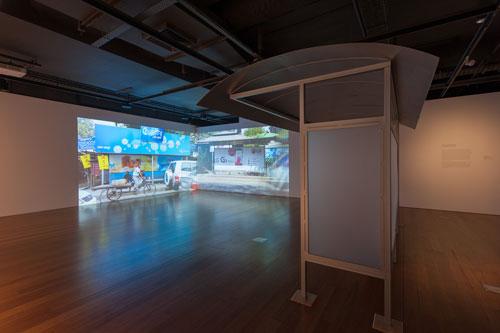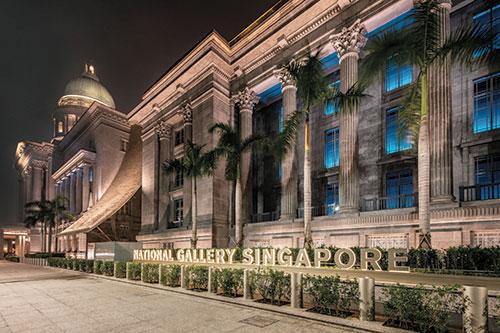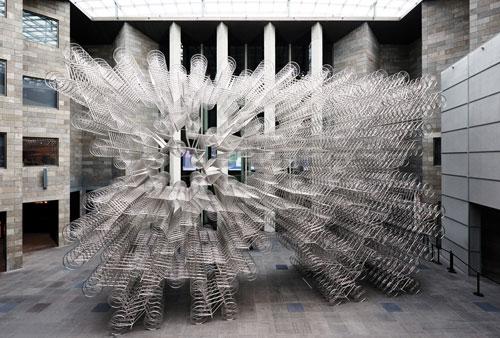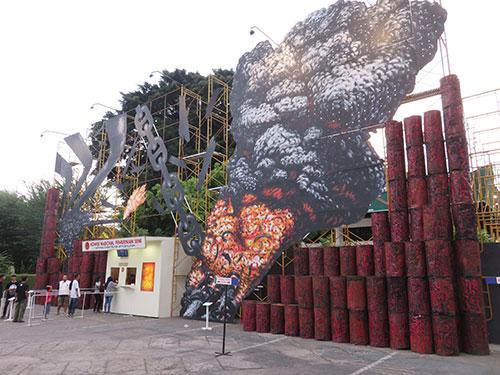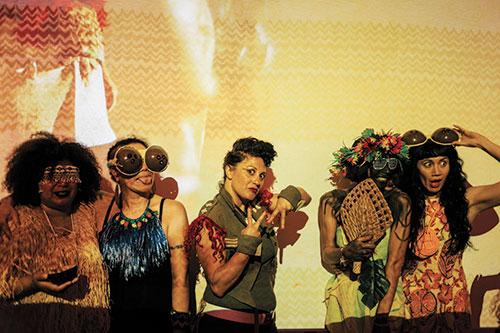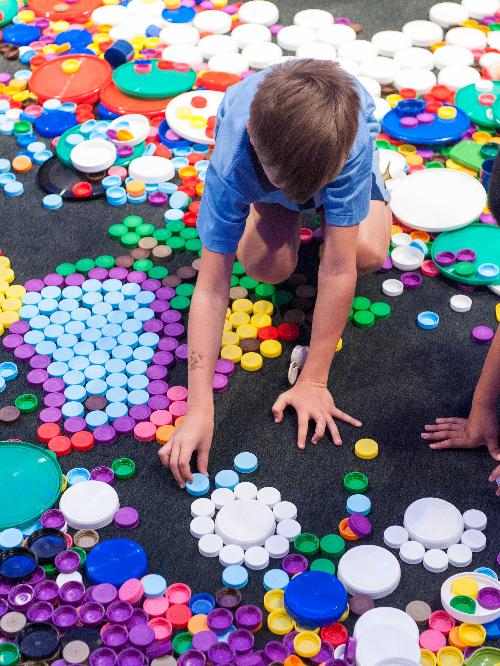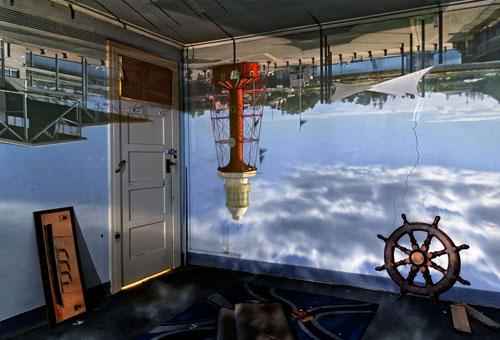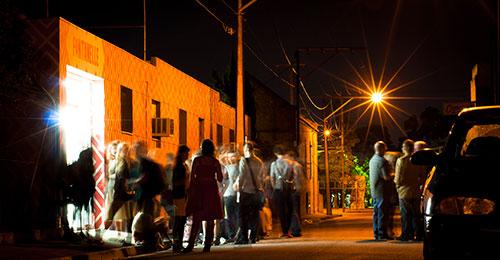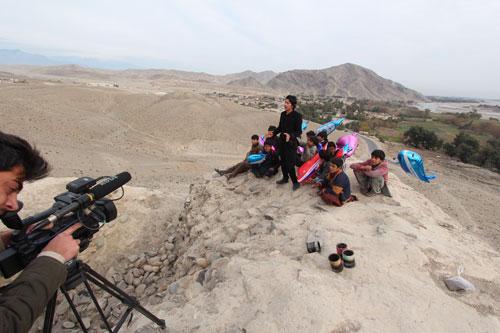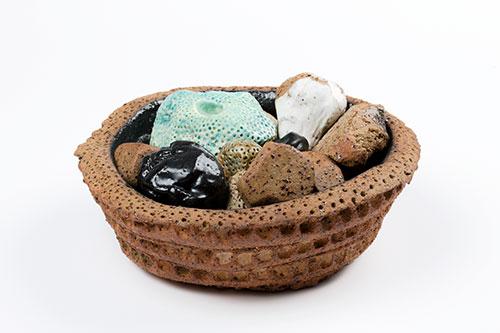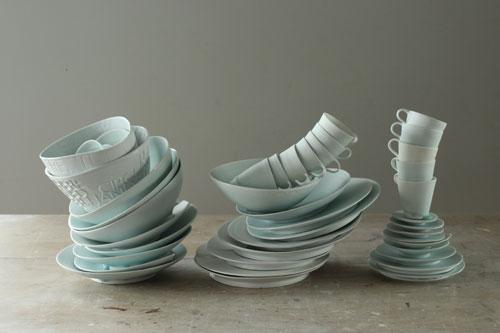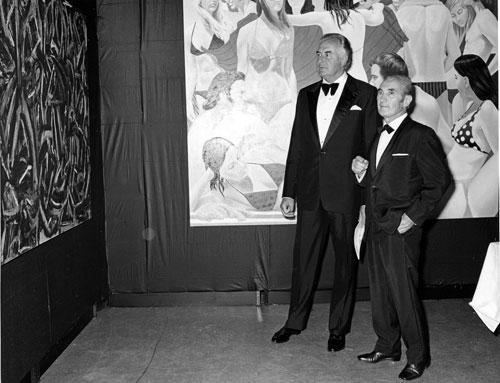Lucy Bleach: Tectonic slowness
Lucy Bleach quietly moved mountains in 2015. Based in Hobart, for a number of years her work has used the language of geology to explore volatility, impact and resonance. By slowing down the experience of these forces, the slow flux of her artworks present opportunities for intimate encounter and reflection. Increasingly, her innate sculptural sensibility has also brought these concerns to an expanded field of sites, communities and histories, generating collaborative projects that engage people in deeply felt, transformative processes. Last year saw these concerns blossom in a series of five major projects, that collectively identify her as one of the most exciting, dynamic and significant artists operating in Tasmania today.

